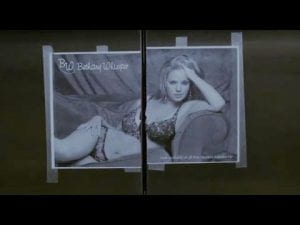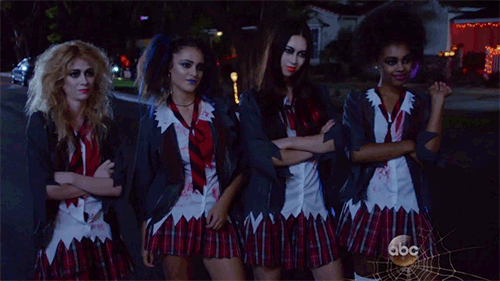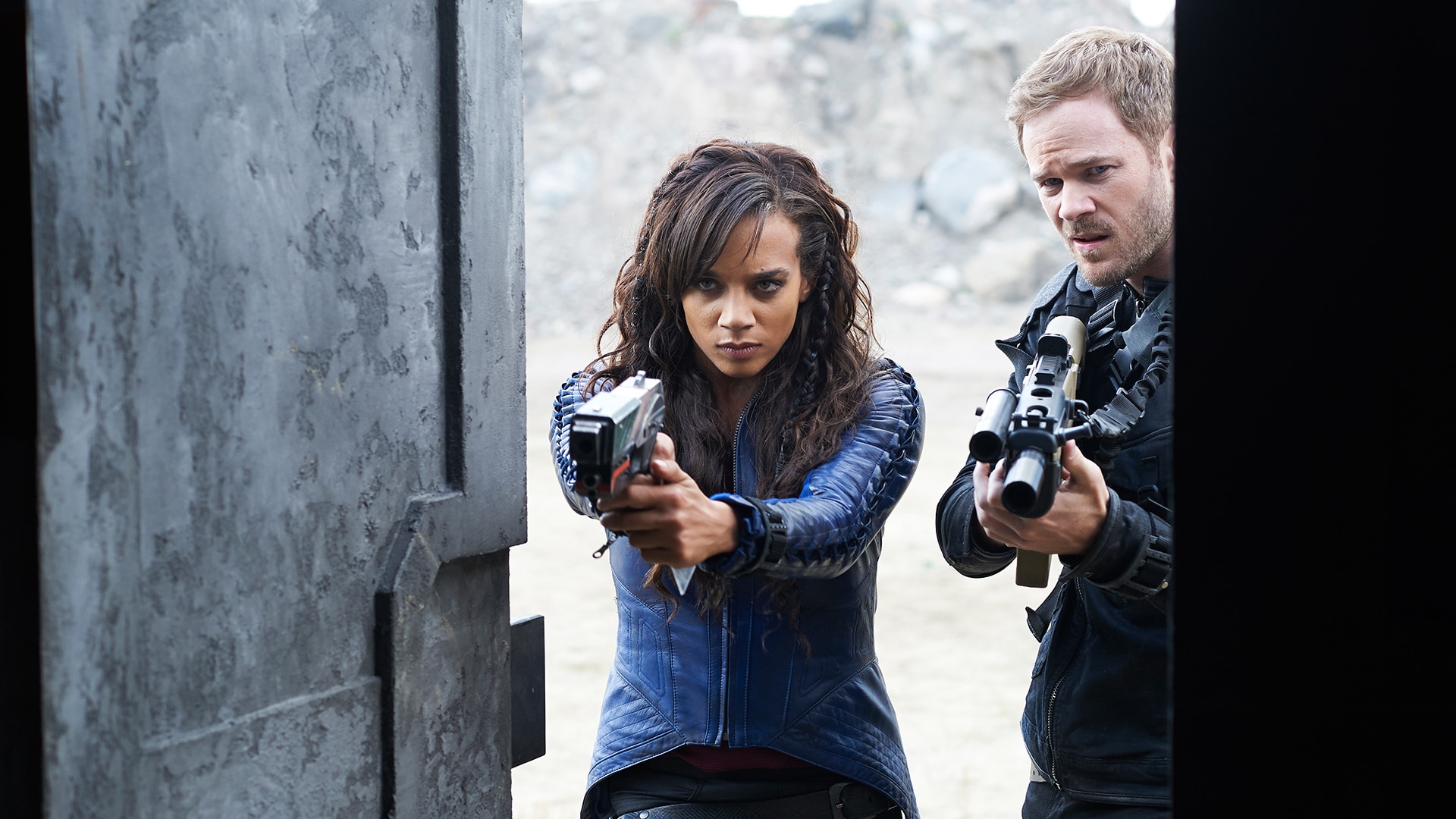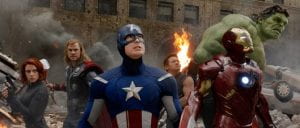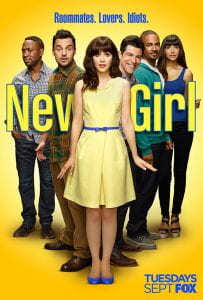I am not the best at focusing on details and minor messages in media, instead I focus on the plot and characteristics of the main characters. For me this class has been eye opening because we analyze all aspects of television, movies, etc in class. When I was analyzing an episode of Fresh off the Boat, I had to be super intentional and focus on the aspects of the show and visual design.
The first thing I noticed were the bright colors in the show, most likely because the producers are trying to emphasize that the entire show is in the past because it is based on a memoir. The best example is inside Eddie’s school hallway where the lockers are bright orange and the walls are bold yellow. The same theme is in the Huang house, where the wallpaper is yellow and green print, which is outdated for 2018, but in style for 1995.
The next thing I noticed was how the camera was only on the person who was talking. This means that while the scenes are long, the camera is constantly flipping between speaking characters. This did not annoy me…until…I over analyzed it through this prompt…whoops. The long camera shots promote growth of relationships because that is really what this show is about. The plot is just the same thing in different situations for comedic effect, while it focuses on the coming of age aspect of Eddie. But, back to the camera flipping a lot. This technique is super straightforward and focuses on the speaker more than the background or scenery. The quick flipping also enhances the back and forth bickering that is destined to happen in a family with three sons, a naive father, and a control-freak of a mother. But, it can also hurt your head a lot because the camera never stops moving in a similar way that Hallmark cameras are CONSTANTLY moving. And sometimes it is like woahh just zoom out a little bit!

In this ONE 40 second scene, the camera flipped drastically 17 TIMES to follow the speaker
I continued to go into the next episode and noticed all the same visual/cinematographic elements, so it is something that ties all the episodes together. While I have watched 6 episodes, this is the first time I was intentional and noticed the cinematographic components even though it is a constant throughout the series.



